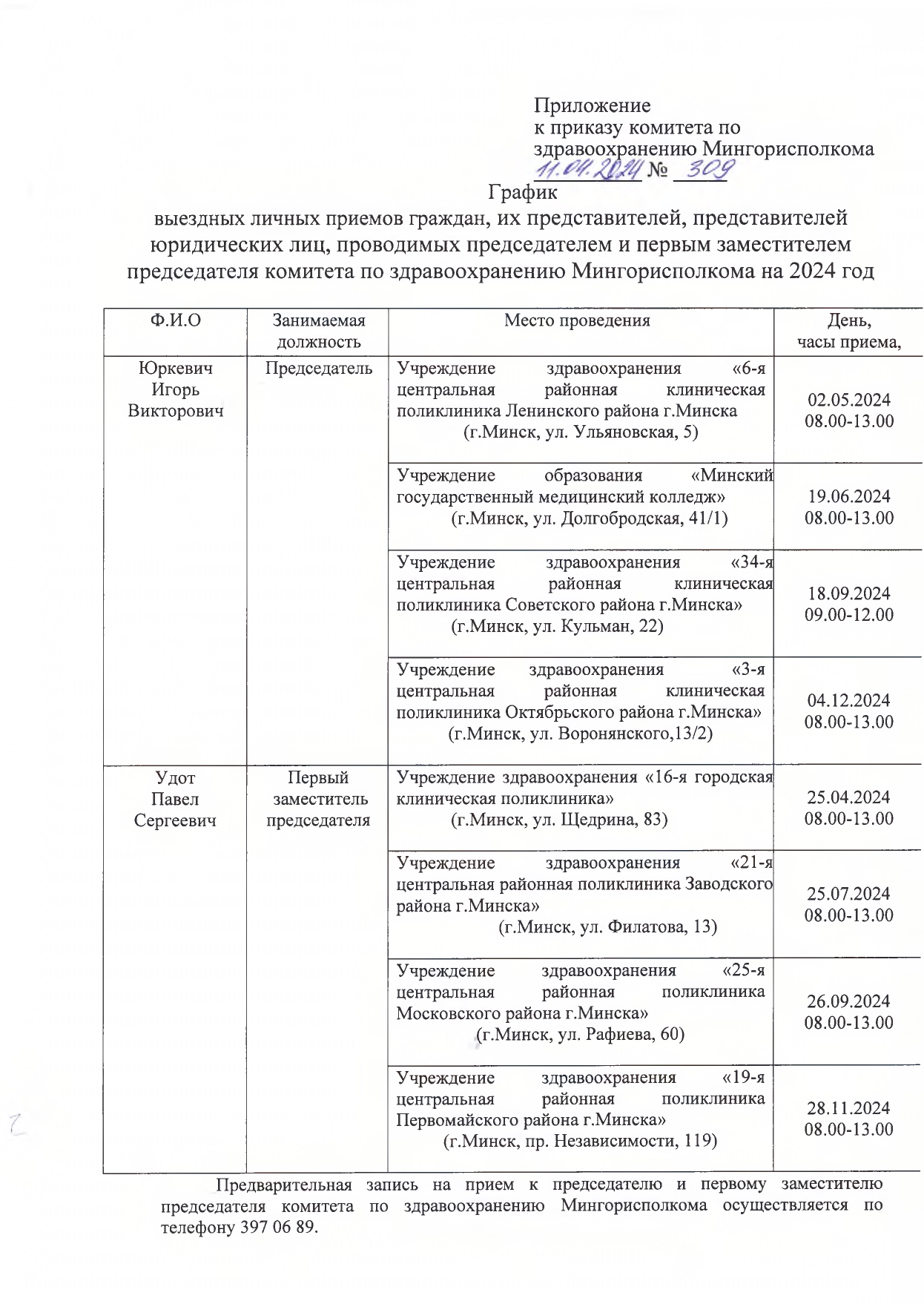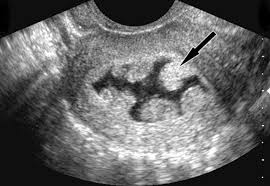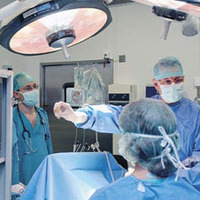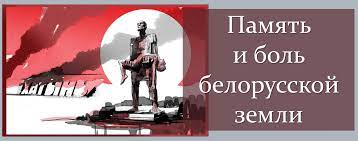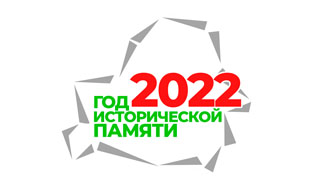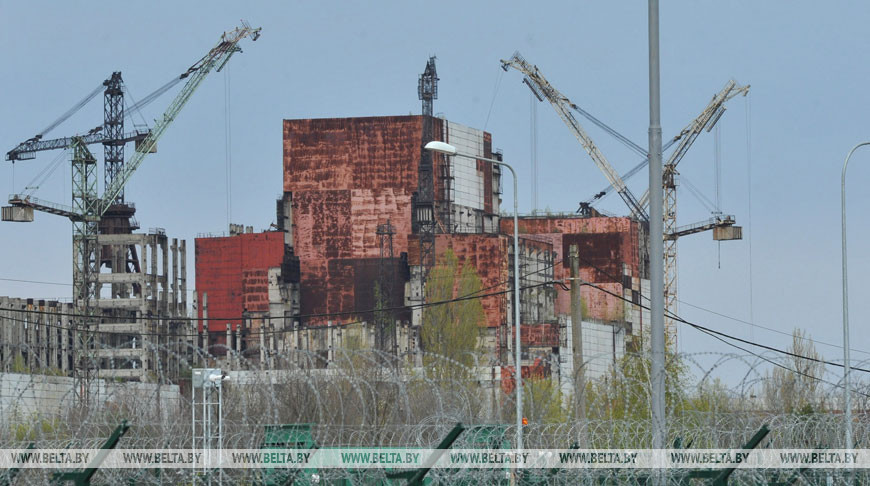
An invisible danger turned the fate of tens of thousands of families in one moment. The fire at the Chernobyl nuclear power plant turned a peaceful atom into an uncontrollable force. The health and lives of adults and toddlers, residents of district centers and small villages, not to mention damage to nature, were at risk.An invisible danger turned the fate of tens of thousands of families in one moment. The fire at the Chernobyl nuclear power plant turned a peaceful atom into an uncontrollable force. The health and lives of adults and toddlers, residents of district centers and small villages, not to mention damage to nature, were at risk.
The scale of the Chernobyl disaster cannot be understated, as well as the courage of those who risked their health and lives to protect the population from a nuclear tornado. These are the liquidators of the accident and its consequences. First of all, the burden fell on the shoulders of rescue firefighters. They traveled to dangerous areas to put out fires, save the lives of others and minimize harm. Each of them has its own history and principled position.
The Annals of the Liquidators
In the annals of the Fire service of Belarus, a whole block is associated with the elimination of the consequences of the Chernobyl disaster, including the stories of saved and lost lives. The participants of those events endured with honor all the hardships in the fight against the radioactive cloud that covered thousands of hectares of forests, fields, and settlements.
According to the Gomel Regional Department of the Ministry of Emergency Situations, the main work took place in 1986-1987, approximately 240 thousand people were involved. In total, including in subsequent years, about 600 thousand people joined this case.
Liquidators took over shifts in the danger zone, tried to stop the destructive force of an invisible threat. Duty of service, risk to life, fear of the unknown - with what thoughts did they go to the polluted territories? Everyone has their own arguments and principles, which agree on one thing: they simply could not do otherwise.
The sun on the day of the disaster
"It so happened that I learned about the disaster on the same day - April 26. I came to Khoiniki to restore order in the inherited parental house. It was a warm sunny day, but the silence of rural life was diluted by the sounds of helicopters circling high in the sky. My brother and I thought that military exercises might be taking place near the Pripyat River. In the evening, an old friend in the city told about the disaster that had happened, and residents were evacuated from the city of Pripyat. At that time, it was assumed that some of the residents of the Khoinik district would have to be evacuated," Alexander Zhevnyak, senior warrant officer of the internal reserve service, senior driver of the PASCH-8 at the facilities of the Gomel Casting and Normals Plant of the Gomel City Emergency Department, shared his story. He has been in the fire service since December 1981.
These were just the first news of a big disaster. On May 5, the rescuer had to see some of the consequences. He remembers the events of that day almost by the clock. The duty began with an order to arrive at the technical part and take the KAvZ bus. He had to be instructed and deliver the first shift to eliminate the consequences of the accident to the Khoinik and Braginsky districts of the Gomel region. Everyone was given gas masks, UGC and L-1 suits.
The first point on the route was Rechitsa, where it was necessary to pick up the firefighters of the Rechitsa garrison. "They were sent with us to Khoiniki, the villages of Khoiniki district, the city of Bragin and the urban settlement of Komarin. I went on such business trips twice more - on May 12 and 19. And on June 2, he was sent to work directly in the 30-kilometer zone," he said.
The firefighter's story is brief and clear in his official way. "We arrived in the village of Strelichevo in the Khoynik district. The crew from HPV-4 included me, squad commander Lapitsky and his brother, joined by fire crews from Minsk, Grodno, Grodno region, Kalinkovich and Vasilevich Gomel region. They were representatives of both the paramilitary fire department and the professional one. We are housed in one of the classrooms of a local school. Receiving equipment, refueling. Then they went in a column to a 30-kilometer zone," the firefighter said.
Every action has been verified. The first stop is at the checkpoint near the villages of Babchin and Krasnoselye. Then there was the resettlement area, where there was not a soul. "The weather was hot, but we were advised to close the windows in the cars, put on gas masks and, if possible, do not stop unnecessarily. The villages that had recently been living their lives were completely empty. Occasionally, military vehicles and chemical reconnaissance vehicles could be seen here. They were patrolling the area. On the very first day, we extinguished peat and forest fires outside the village of Ulasi. The station was visible in the distance. Tower cranes and helicopters circled almost continuously over it," Alexander Zhevnyak shared his memory.
During the week, a considerable front of work was carried out: fires were extinguished in the resettlement zone, decontamination was carried out in the village of Mokish in the Khoynik district. It was infernally hot these spring days. Firefighters had to work in L-1 and UGC suits, although it would be unbearably stuffy in a cotton T-shirt.
Despite the situation, we tried to stay cheerful. "I just remember the exceptional mutual understanding and mutual assistance between the crews. No one stayed away until the last sleeve was removed after the fire. And if a tanker truck suddenly broke down, literally everyone came to the rescue. We repaired the equipment as soon as possible. This is a constant quality among rescuers, but when working in the resettlement area it was felt and appreciated in a special way," Alexander Zhevnyak summed up without a drop of heroism.
Strength test
The badge "Excellent Fire Service Officer" for bravery and heroism during service, a medal for participation in the liquidation of the consequences of the Chernobyl accident and the jubilee medal "150 year of service to Belarus" - could a simple guy Anatoly Zhigalov from near Gomel dream of such a gallery of awards. So fate decreed.
At the age of 19, Anatoly was called up to serve in the army. Then I had to go through an incomparable school of courage. In 1984-1985, he performed international duty in Afghanistan. Fighting far from home has tempered the character, but not spiritually broken.
After returning from Afghanistan, he became a firefighter. He served in the independent paramilitary fire department of Gomel of the Department of Fire Protection of the Department of Internal Affairs of the regional Executive Committee. A year later, another test of strength.
Chernobyl. Shortly after the disaster, Anatoly Zhigalov, as part of a consolidated detachment, went to the 30-kilometer exclusion zone, in the Khoinik district. Forests and inhabited villages were burning. Radioactive particles could rise into the air along with the smoke. It was important to quickly extinguish the fire, decontaminate vehicles leaving the zone, and help evacuate the population.
From May 5 to May 10, the consolidated squad worked to eliminate the consequences of the accident. "Everyone understood perfectly well where they had come to. We have been informed. There was no fear. Perhaps this is due to the fact that no one saw the enemy, did not feel his sight. We worked as usual. Upon arrival, we were given a military uniform and instructed. It was important to stick to certain routes. By that time, they still did not know exactly where and to what extent the radionuclides fell out. On one side of the road, the indicators on the dosimeter were normal, on the other, the device recorded an excess of radiation levels. Of course, they acted carefully. At the end of the watch, the received radiation dose was measured and decontamination was carried out. Our uniforms and equipment were disposed of. Thus, at that time they were fighting an invisible enemy, which, as it turned out later, was many times more terrible and insidious than the visible one," said a participant in those events.
The elimination of the consequences has been going on for years, and close attention is still being paid to this issue. In 1989, Anatoly Zhigalov was again sent to the Khoinik district. For 15 days he extinguished peat and forest fires in the exclusion zone. Mentally and physically, it was perceived differently than the first time, the rescuer admits.
Anatoly Zhigalov's life cannot be compared with a quiet water surface. Having linked his fate with the rescue service, he was always on guard. He worked in various fire departments of Gomel and Gomel region. In 2008, he went on a well-deserved vacation. There were enough exploits, although the professional rescuer never considered his actions to be such. As life shows, experience cannot be retired. So, on an October evening in 2018, the Klimovskaya rural library caught fire. The arrived units of the Ministry of Emergency Situations could only shake hands with a senior colleague - the fire was localized with his help.
The head of the library was the wife of Anatoly Zhigalov. Naturally, she reported the trouble to her husband. He used a fire extinguisher. The neighbors also came to the rescue, and everyone began to bring water in buckets. So it was possible to localize the fire.
Anatoly Ivanovich raised two children, and now helps raise four grandchildren. He devotes his free time to his family. "This is the most valuable thing a person can have," Anatoly Zhigalov is sure.
Danger is colorless and odorless
This is how Anatoly Gaponenko, a Mozyr resident, called radiation in his memoirs. Over the past 35 years, there has been time to weigh and analyze everything. The experienced rescuer is sure that many guys, going to eliminate the consequences of one of the most severe man-made accidents in world history, did not fully realize the scale of the tragedy.
The head of the garrison of the Braginsky district fire service, the head of the Mozyr GROCH, the colonel of the internal service in reserve are among the large army of liquidators. "We will never forget the days spent in the "dead" zone, the work on decontamination of terrain and equipment, pumping water from the reactor core. Even knowing a lot about radiation, we did not fully realize the danger of something that has neither color nor smell," he stressed.
At the time of the accident, Anatoly Gaponenko was in charge of a paramilitary fire department at the Mozyr Oil Refinery. And he remembers that Saturday at the end of April as today. "In the morning I arrived at the unit to change the guard. One of the officers said that at night, in the distance, a glowing pillar above the nuclear power plant was clearly visible. And already in the afternoon, the entire officer staff, by order, switched to round-the-clock duty. By that time, we knew about the emergency at the station," he said.
In those days, rescuers practically lived in the unit without leaving. In a short time, they were aimed at eliminating the consequences. The number one task is to ensure fire safety in the contaminated area.
Narovlyansky district is one of the victims after the accident. Decontamination of equipment and terrain was required. The sun and unbearable heat complicated the matter - forests flared up, peat bogs burned. The liquidators worked all day long. The forces of the Ministry of Defense of the country were sent to help the rescuers.
By autumn, the situation had worsened. People evacuated urgently sought to return to their native places. Some went for property, some wanted to stay, despite the fact that many villages had become an exclusion zone. The migrants' soul was torn back. After all, they left the house in a hurry, not realizing that forever. Prohibitions and invisible danger stopped few people. People were ready to break through the police lines. Humanly, they could be understood, but the danger and the cost of such impulses were too great.
Three years of Anatoly Gaponenko's life were associated with another affected area of the Gomel region - the Braginsky district, where he worked as the head of the local garrison of the fire service. Fires in natural ecosystems in polluted areas remained an acute problem. The peat bogs burned almost until the beginning of winter. Fires of dry vegetation arose as soon as the snow came down in the spring.
The reason is simple: the resettlement zones and the territories adjacent to them were densely overgrown. The grass reached human height. In places, only the roofs of outbuildings were visible because of the dead wood. Another problem was the so-called pilgrimages of individual villagers to fish ponds, where fishing is prohibited. The human factor is the source of many troubles. Thus, careless handling of fire turned into large-scale fires that took up the time and energy of rescuers. More than once, it was necessary to extinguish a fire that captured hectares of fields and forests or spread from one house to another, affecting up to 20 buildings. According to the rescuer, the houses burned like candles, sending radioactive smoke skyward.
With gusts of wind, the flame in the field is thrown for kilometers at great speed. It is very difficult to stop him. The swampy terrain made the task more difficult. The liquidator compares fire to a living being that is cunning and dodgy. Firefighters have been surrounded by the elements more than once. Sometimes it was necessary to extinguish the fire with improvised means. Branches and shovels were used, because cars with water could not pass through the swampy area. Tractors with plows were used.
Sometimes the areas of fires numbered in the hundreds of hectares. This was a serious threat, because the level of radiation increases many times during gorenje. "In order to somehow minimize the risk to health, we worked in shifts. No one complained about the severity or danger. Everyone did their job 100%," Anatoly Gaponenko said.
Compared to this period, the following years were a little easier. In the warm season, there were fires almost every day, but the experience affected. However, it was not without natural surprises. In 1988, the water level in natural systems fell seriously. The channels were drained, and the indicators were approaching catastrophic. It seemed that one spark was enough to start a fire. "Water was needed like air. And we had to make incredible efforts in addition: we filled out the dams, cleaned the channels. And years later, we learned how to put pumping stations and pump water, which made the situation easier," the rescue firefighter recalled.
The summer of 1989 was also dry. "And again there are forest fires near the reactor. Check-out after check-out. During those three years of living in Bragin, I studied the area so much that even today, with my eyes closed, I can drive through and show every settlement," Anatoly Gaponenko said. A staunch and courageous man admitted that he still could not calmly recall those events. After all, years later, many of the guys who then had to work side by side began to feel the insidiousness of radiation: someone was seriously ill, someone was dead.
In the winter of 1989, he returned to Mozyr. The body of a strong lifeguard began to malfunction. The doctors recommended that you change your place of residence at least for a while. For two and a half years he lived and worked in the Minsk region, then again in Mozyr.
"Time is passing, everything is changing. And for young people, the Chernobyl accident is nothing more than just a fact from history. But the liquidators will always remember this terrible date. God grant that Chernobyl will never happen again," he wished.
















